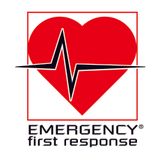Creating Confidence to Care
Emergency First Response internationally reconized CPR, AED and first aid training organization
CALL NOW
LEARN MORE
Why Emergency First Response.
- They are too busy
- They don’t know where to go
- They think that they already have enough knowledge, or
- They think that accidents happen to other people not to them or their friends, family and colleagues.
Ask any individual who has taken a first aid training program if it was worth it and their answer will be “Yes!”
It does more than help save lives.
It enables you to increase patient comfort.
It creates the confidence to care.
It gives you tools to prevent the situation from becoming worse.
You’ll also be trained in how to collect information and data about what happened and the patients’ condition. This information will be passed on to the emergency services, which saves them time – you will be a valuable link in the chain of survival.
About Our Instructors
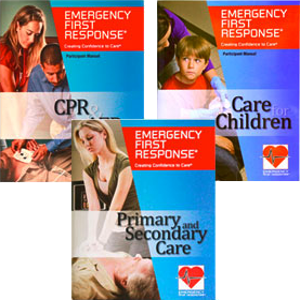

Courses
Primary Care (CPR) Course
Emergency First Response Primary Care (CPR) teaches participants how to respond to life-threatening emergencies. The course focuses on primary care through a combination of knowledge development, skill development and realistic scenario practice to make sure participants have the confidence in their ability to provide care when emergency situations arise.
Primary Care (CPR) skills taught in this course:
- Scene Assessment,
- Barrier Use,
- Primary Assessment,
- Cardiopulmonary Resuscitation (CPR),
- Cardiopulmonary Resuscitation (CPR) with Rescue Breaths,
- Serious Bleeding Management,
- Shock Management,
- Spinal Injury Management,
- Conscious and Unconscious Choking Management,
- Automated External Defibrillator (AED) Use,
- Emergency Oxygen Use.
Secondary Care (First Aid) Course Content
Emergency First Response Secondary Care (first aid) covers injuries or illnesses that are not immediately life threatening. Participants focus on secondary assessment and first aid through knowledge development, skill development and realistic scenario practice.
Secondary Skills taught in this course:
- Injury Assessment
- Illness Assessment
- Bandaging
- Splinting for Dislocations and Fractures
Includes first aid treatment reference for the following emergencies:
Allergic Reactions (incl. anaphylaxis), Asthma, Bruises, Burns, Chemical Burns, Choking (adult, child, infant), CPR (adult, child, infant), Cuts, Dental Injuries, Diabetic Problems, Dislocations and Fractures, Electrical Injuries, Eye Injuries, First Aid Kit Assembly, Fish Spine Injury, Frostbite, Heat Exhaustion, Heatstroke, Heart Attack, Hypothermia, Insect Stings, Jellyfish Stings, Octopus Bites, Poisoning, Scrapes, Seizures, Snake Bites, Spider Bites, Sprains and Strains, Stroke, Temperature Related Injuries and Venomous Bites and Stings.
WHAT IS INCLUDED IN THE COURSE FEE?
Full Day Training with Certified Instructor
Full Colour Participant Manual
First Aid Certificate Valid for 2 years
Registration Fee
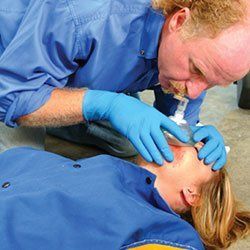
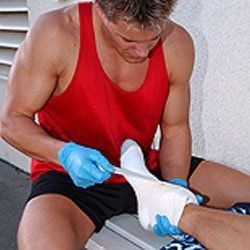
Care for Children First Aid CPR & AED training course teaches participants specifically how to provide emergency care for injured or ill children and infants. In this course you will learn the types of medical emergencies that children face and how they differ from adult conditions.
In addition to first aid and CPR training, this course also includes automated external defibrillator (AED) training. AED´s can increase a cardiac arrest victims chance of survival are more readily available while being incredibly safe and easy to use.
WHAT SKILLS ARE TAUGHT DURING THIS COURSE?
- Scene Assessment
- Barrier Use
- Primary Assessment
- Child CPR
- Infant CPR
- Automated External Defibrillator Use with Children
- Serious Bleeding, Spinal Injury & Shock Management
- Conscious Choking Child & Infant
- Injury & Illness Assessments
- Bandaging
WHAT IS INCLUDED IN THE COURSE FEE?
Full Day Training with Certified Instructor
Full Colour Participant Manual
First Aid Certificate Valid for 2 years
Registration Fee
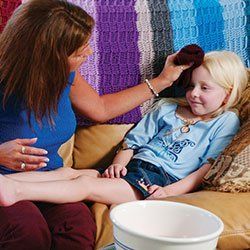
The Emergency First Response CPR & AED course teaches the basic principles of CPR and how to deploy and use an Automated External Defibrillation (AED) in an emergency situation. This life saving device can increase a patient’s chance of survival from a cardiac arrest by fifty percent.
This course is very popular for annual CPR (re-)training often required for the workplace.
Training with Certified Instructor
Full Colour Participant Manual
Certificate Valid for 2 years
Registration Fee
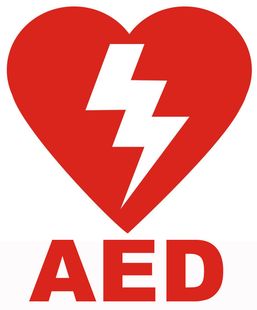
Price List
Contact Us
Call now: 0034 699 969 643
0034 660 907 938
0034 660 907 938
San Isidro,
S/C De Tenerife
Spain
info@tenerifefirstaid.com
Contact Us
We will get back to you as soon as possible.
Please check your email spam folder for replies
Please try again later
